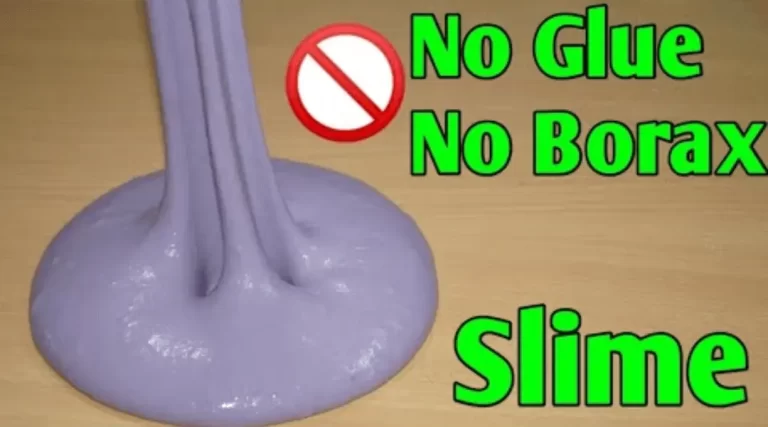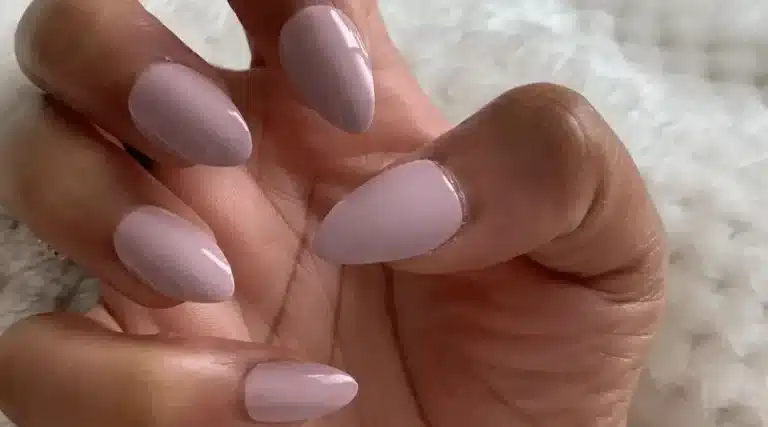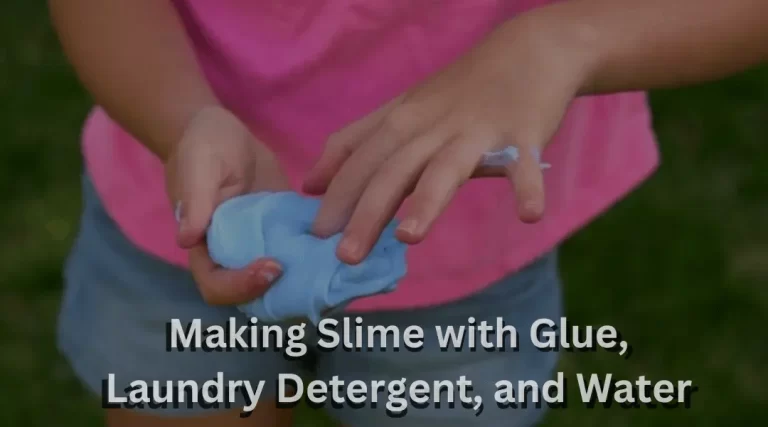PVC pipes are widely used in plumbing and irrigation systems due to their durability, affordability, and ease of installation. However, joining PVC pipes together requires the use of a specialized adhesive known as PVC cement.
Gluing PVC pipes together may seem like a daunting task for those who have never attempted it before. But with the right materials and proper techniques, anyone can successfully join PVC pipes together without any leaks or damage.
This article will provide step-by-step instructions on how to glue PVC pipes together. We will guide you through the entire process from gathering materials to testing the joint for leaks. By following these instructions carefully, you can ensure that your PVC pipe joints are strong and secure, providing safe and efficient water flow throughout your plumbing system.
So if you’re looking to tackle a DIY plumbing project or simply need to repair a leaky pipe, read on to learn how to properly glue PVC pipes together with confidence.
Key Takeaways
- Choosing the right PVC cement is crucial for a strong bond and safety precautions should be taken.
- Preparation of pipes and fittings is essential before gluing, including accurate cutting, sanding, and using a primer for better adhesion.
- Applying PVC cement properly is critical for maximum adhesion and preventing leaks or breaks.
- Testing the joint for leaks is crucial to prevent potential damage or accidents caused by leaks.
Gather Your Materials
The initial step in the process of joining PVC pipes together involves gathering all requisite materials necessary for a seamless and durable bond. Choosing the right cement is crucial to ensure that the pieces adhere properly. Make sure to select a cement that is specifically designed for PVC pipes, as it will provide a stronger bond than other types of glue.
Safety precautions are also essential to prevent accidents during the bonding process. Wear gloves and safety glasses to protect your hands and eyes from any harmful chemicals that may be present in the cement.
Once you have gathered all of your materials, you can move on to preparing the pipes and fittings for bonding.
Prepare the Pipes and Fittings
Preparation of necessary components is a crucial step in assembling PVC pipes and fittings for optimal performance. Before gluing PVC pipes, it is essential to prepare the pipes and fittings properly. Cutting the PVC pipe accurately ensures that the pieces fit together seamlessly, while sanding techniques smoothen any rough edges that could hinder proper fitting. It is important to note that using a primer before applying glue enhances adhesion and increases the longevity of the joint. The primer penetrates the surface of both the pipe and fitting and softens them, allowing for better bonding with the glue. A table showing appropriate pipe cutting and sanding techniques can help make this process easier for beginners. With these preparation steps complete, you are now ready to move on to applying PVC cement for a strong joint without leaks or breaks.
Apply the PVC Cement
Applying PVC cement to the prepared pipes and fittings is a critical step in creating a durable joint with maximum adhesion and prevent any potential leaks or breaks.
Applying PVC Cement: Tips and Techniques, Choosing the Right PVC Cement for Your Project are essential aspects of this process.
Firstly, ensure that you have selected the right type of cement for your project needs. For instance, some cements are suitable for high-pressure applications while others work well in low-pressure conditions.
Secondly, follow the manufacturer’s instructions regarding the application of the cement on both surfaces to be joined. Apply enough cement to fill all gaps between the fitting and pipe but avoid over-applying it as it can create excess drips or runs that can weaken the bond or cause damage.
Thirdly, make sure you apply even pressure when joining pipes together to ensure proper alignment and bonding between them.
After applying cement, hold pipes in place until they have set up completely before testing their strength with water pressure tests or other methods necessary for your specific project requirements.
Overall, by following these tips and techniques when applying PVC cement, you can create strong joints that will last for years without any leaks or failures during use.
Hold the Pipes in Place
To ensure proper alignment and bonding between the PVC pipes, it is essential to hold them firmly in place after applying the PVC cement.
There are several clamping techniques that you can use to keep the pipes in position, such as using adjustable clamps or weights.
It is also imperative to remember that solvent welding tips vary based on manufacturer recommendations.
When it comes to holding the pipes in place, make sure they are securely fastened until the PVC cement is cured completely.
Once you have held the pipes for sufficient time and allowed ample time for curing, you can move on to testing the joint for leaks without disturbing its position or integrity.
Test the Joint for Leaks
After ensuring proper alignment and bonding of the PVC pipes, it is crucial to test the joint for leaks using a pressure testing kit to avoid potential damage or accidents caused by leaks. Leak prevention should be a top priority when working with PVC pipes, as even small leaks can cause significant damage over time.
To ensure a leak-free joint, consider the following troubleshooting techniques:
1) Use pipe dope or Teflon tape on threaded connections to prevent small leaks.
2) Check for any visible cracks or deformities in the PVC pipe before installation.
3) Monitor water pressure after installation to ensure there are no sudden drops which could indicate a leak.
4) Use pressure testing kits that allow you to pressurize the system and check for any leaks before it is put into use.
By implementing these steps, you can safeguard your plumbing system against leaks and minimize potential damage caused by them.
Conclusion
In conclusion, gluing PVC pipes together is a straightforward process that requires the right tools and materials. Before beginning, it is essential to gather all the necessary materials, including PVC cement, primer, and clean rags.
Careful preparation of the pipes and fittings is critical to ensuring a tight seal between them. When applying the PVC cement, make sure to use only enough glue to coat both surfaces evenly without creating excess buildup. Hold the pipes in place for several seconds after joining them together to give the glue time to set properly.
Finally, test each joint for leaks before using the newly connected system. By following these steps closely and taking care not to rush through any part of the process, you can successfully glue your PVC pipes together with confidence that they will hold up over time. With practice and experience, you can become an expert at this essential plumbing skill.




